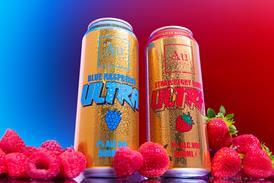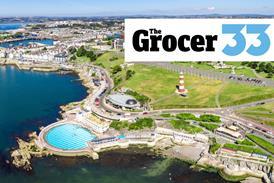Close menu
- Home
- Retail & Wholesale
-
Products & Suppliers
- Back to parent navigation item
- Products & Suppliers
-
Product Categories:
- Back to parent navigation item
- Product Categories:
- Alcoholic drinks
- Bakery
- Cereals & breakfast
- Cheese
- Chicken & poultry
- Chocolate
- Confectionery
- Crisps, nuts & snacks
- Dairy
- Fish
- Fresh produce
- Frozen
- Household
- Meat
- Own Label
- Sauces & condiments
- Seasonal
- Soft drinks
- Vaping
- Vegan & plant-based
- World foods
- Suppliers
- People
- Reports & Data
-
Topics A-Z
- Back to parent navigation item
- Topics A-Z
-
Popular topics:
- Back to parent navigation item
- Popular topics:
- Cost of living crisis
- Crime
- Deposit Return Schemes
- Finance
- Government & Regulation
- Health
- Inflation
- Loyalty
- Marketing
- Mergers & Acquisitions
- New Product Development
- Sourcing
- Supply chain
- Sustainability & environment
- Technology
- Ultra Processed Foods
- Vaping
- A-Z all topics
- Content by type:
- Events
- Ask iA (beta)
- Subscribe now
Click, buy, cook: why brands can’t ignore social sales
By Ian Colvin2025-06-17T14:08:00

Direct social purchasing was always going to be the next logical next step from online shopping, says Ian Colvin of Greenpark
Where do shoppers buy their food? The supermarket is the obvious answer.
But it’s not the only one. Our recent fmcg report revealed 32% of people have purchased food via social media: a statistic that doubles among millennials (67%). It’s a wake-up call for brands neglecting social media and the opportunities for social commerce.
Already have an account? Sign in here
Already have an account? Sign in here






